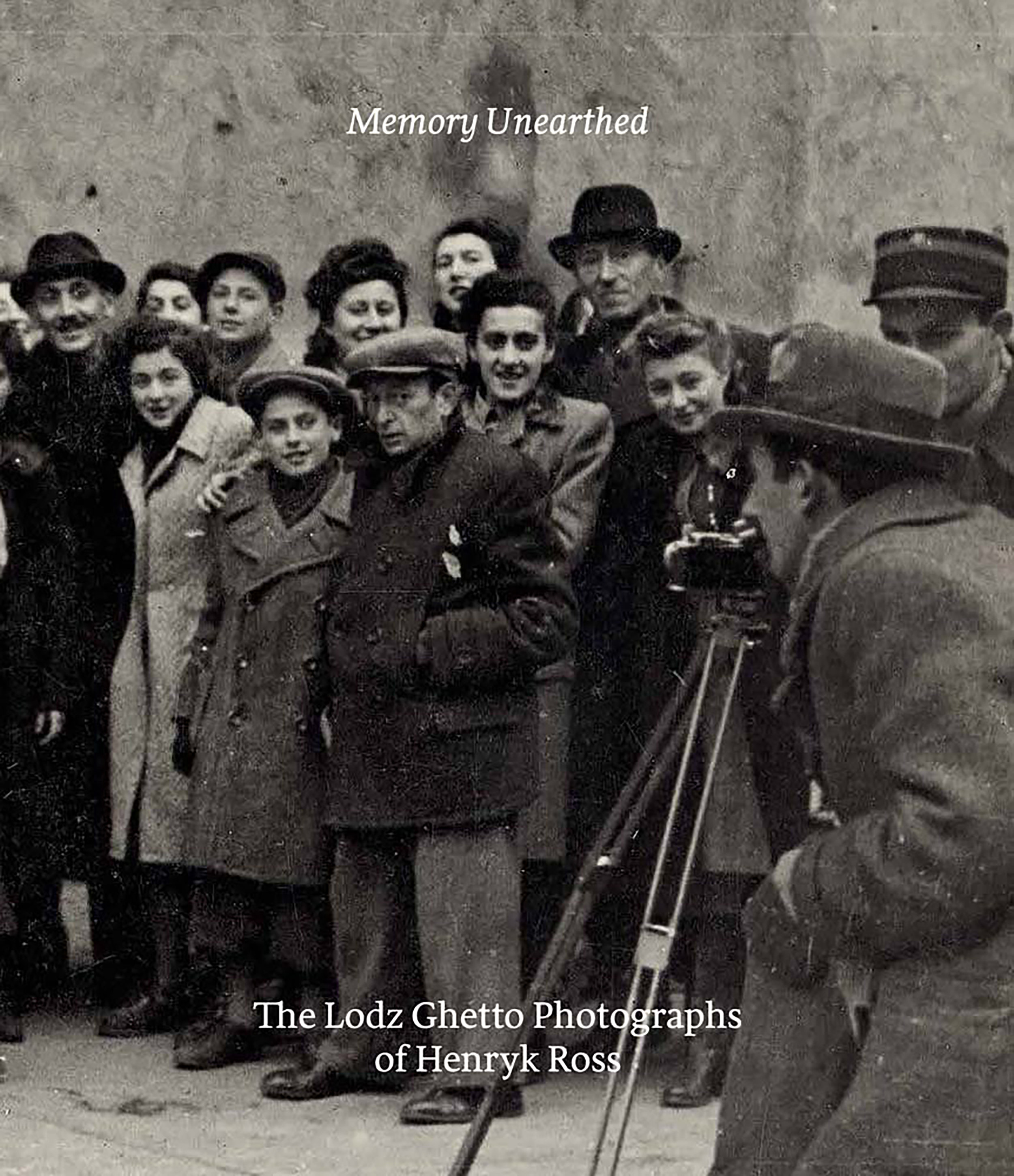After working at Photokina 2018 with CameraRescue and Nicolas Llasera, I realized that not too far…
Read MoreLeica M4-P | Amsterdam | CineStill 50D | Elmar 50mm 3.5

Reviews
After working at Photokina 2018 with CameraRescue and Nicolas Llasera, I realized that not too far…
Read MoreA week before my trip to Amsterdam I was in Belgrade, Serbia for a camera show. It’s was a typical…
Read MoreOf the hundred cameras or so I’ve owned, used, and sold, letting go of my Pentax LX may the biggest…
Read MoreOn my way to Finland from Budapest, I found it cheaper and more adventurous to fly to Stockholm…
Read More
Unless you are an avid point and shoot film camera collector, it's likely you have never heard of the Rollei AFM 35. First of all its a marvelous little camera, but the misconception that it lacks...
Read More
Fuji Superia 1600 Rolei 35 S Cameraville
Fuji Superia 1600 is potentially the perfect film for most any casual situation, from sunlit outdoors to dim indoor interiors it provides a very fine grain structure for its class maintaining rich color saturation in low…
Read MoreI spend some time with this book over the weekend and found an excerpt I felt worthy of sharing. The book itself is immensely powerful in both photographic aesthetic and historical significance. For 3 years during WWII, photographer Henryk Ross documented the Nazi expansion into the second largest jewish ghetto in Poland, the Łódź Ghetto.

Cover, Memory Unearthed
Purchase: 'Memory Unearthed' | $29.42
From 1941 to 1944, the Polish Jewish photographer Henryk Ross (1910–1991) was a member of an official team documenting the implementation of Nazi policies in the Lodz Ghetto in Poland. Covertly, he captured on film scores of both quotidian and intimate moments of Jewish life. In 1944, he buried thousands of negatives in an attempt to save this secret record. After the war, Ross returned to Poland to retrieve them. Although some were destroyed by nature and time, many negatives survived.
Memory Unearthed presents a selection of the nearly 3,000 surviving images—along with original prints and other archival material including curfew notices and newspapers—from the permanent collection at the Art Gallery of Ontario. Ross’s images offer a startling and moving new representation of one of humanity’s greatest tragedies. Striking for both their historical content and artistic quality, his photographs have a raw intimacy and emotional power that remain undiminished.
In the film industry it's an editors job to create by omission.Much like a sculptor, an editor takes the materials and mediums given to him/her and removes all that is not conducive to the final vision. An editor has the ability to manipulate time, while a photographer has the ability to freeze it. Both using their artistry to sculpt a story.
As an editor and a photographer for over a decade, I found a passage in this book that particularly stood out. Here is an excerpt from Memory Unearthed page 176 that really details these points quite eloquently:
"By choosing a moment in time, the photographer is rejecting all other moments, whether past or future. Photography is an editing medium. When a photographer frames up an image, he is editing reality - excluding everything below the frame line, everything above it and all to the right and left.
Significance is ascribed only to what is bounded by the four edges of the frame. It's like pointing, but more precise and permanent. And it has more authority...
... A painter can seduce with a glistening brush stroke; a photographer has only form, content and time. Photography has an apparent facility, but doing brilliantly - being original and telling a story well - is a major challenge.
I think the art of storytelling within photography can best be summed up by High Renaissance artist Michelangelo di Lodovico Buonarroti Simoni:
I saw the angel in the marble and carved until I set him free - Michelangelo
So next time you pick up your camera, understand the potential power of your work. Paint your picture, carve your stone, and unearth you story.